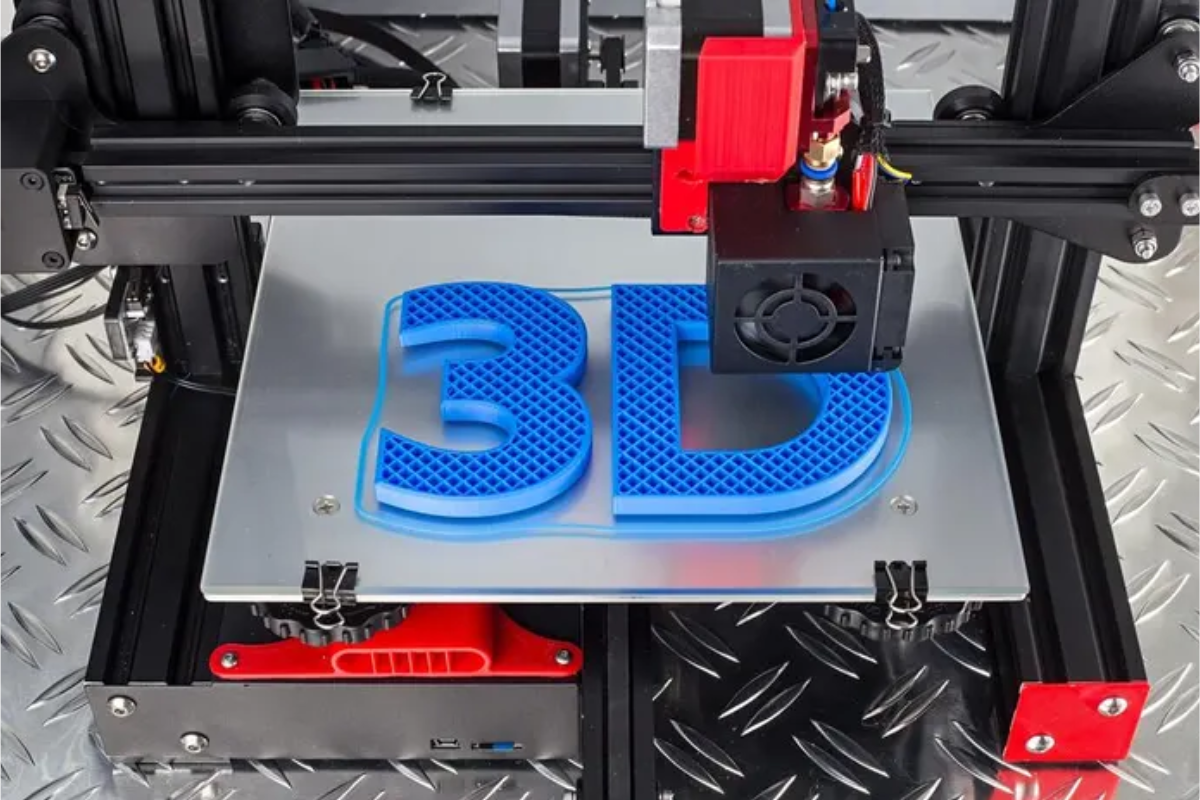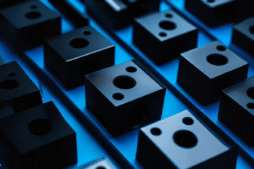3D 프린팅은 제조 방식에 혁신을 일으켜 시제품 제작 및 소량 생산을 위한 유연한 솔루션을 제공합니다. 하지만 3D 프린팅 부품의 성공은 적절한 소재 선택에서 시작됩니다. Witcool은 소재 선택이 얼마나 어려운지 잘 알고 있습니다. 따라서 현명한 결정을 내리는 데 도움이 되는 개요를 소개합니다.
일반적인 3D 프린팅 재료 유형
1. 플라스틱(폴리머)
- PLA(폴리락틱산):
생분해성이고 인쇄가 쉬운 플라스틱입니다. 저렴한 가격과 다양한 색상 범위 덕분에 프로토타입 및 시각적 모형 제작에 이상적입니다. - ABS(아크릴로니트릴 부타디엔 스티렌):
내구성과 충격 저항성이 뛰어나 기능적 부품, 인클로저 및 자동차 애플리케이션에 적합합니다. - PETG(폴리에틸렌 테레프탈레이트 글리콜):
강도와 유연성을 겸비했으며, 내화학성이 요구되는 기계 부품, 용기, 구성품에 사용됩니다. - 나일론(폴리아미드):
튼튼하고 유연하며 내마모성이 뛰어나 기어, 힌지, 산업용 부품에 주로 사용됩니다.
2. 수지
- 표준 수지:
프로토타입, 치과 모형, 보석류 제작에 이상적인 높은 디테일과 매끄러운 표면을 제공합니다. - 엔지니어링 수지:
강도, 유연성 또는 내열성이 향상된 특수 수지입니다. 기능성 프로토타입과 최종 사용 부품에 적합합니다.
3. 금속
- 스테인리스 스틸, 알루미늄, 티타늄:
항공우주, 자동차, 의료용 임플란트 등 산업용 3D 프린팅에 사용됩니다. 이 금속은 뛰어난 강도, 내열성, 그리고 뛰어난 수명을 제공합니다. - 응용 프로그램:
고성능, 하중 지지 구성 요소, 맞춤형 도구 및 기능적 최종 사용 부품.
4. 복합재료
- 탄소 섬유 또는 유리 섬유 강화:
강도와 강성을 높이기 위해 섬유로 채워진 플라스틱이나 나일론입니다. 자동차, 로봇, 드론 부품에 사용됩니다.
올바른 재료를 선택하는 방법
- 목적: 귀하의 부품은 프로토타입인가요, 기능적 도구인가요, 아니면 최종 사용 제품인가요?
- 기계적 특성: 강도, 유연성, 내구성, 내열성을 고려하세요.
- 표면 마감: 매끄러운 디자인이 필요하신가요? 아니면 기능적 특성이 더 중요하신가요?
- 업계 요구 사항: 의료나 항공우주와 같은 일부 응용 분야에서는 인증된 재료가 필요합니다.
Witcool의 3D 프린팅 기능
Witcool에서는 신속한 프로토타입부터 양산 가능한 부품까지, 고객의 프로젝트 니즈에 맞춰 다양한 3D 프린팅 소재를 제공합니다. 저희 전문가들은 고객의 사양에 맞춰 최적의 소재를 추천하여 빠르고 효율적으로 최적의 결과를 얻을 수 있도록 도와드립니다.
결론
성공적인 프로젝트의 핵심은 적합한 3D 프린팅 소재를 선택하는 것입니다. 플라스틱, 수지, 금속, 복합 소재 등 다양한 소재가 끊임없이 발전함에 따라 제조업체는 그 어느 때보다 더 유연하게 대응할 수 있습니다. Witcool에 문의하여 프로젝트에 대해 상담하고 귀사에 가장 적합한 3D 프린팅 솔루션을 찾아보세요.






